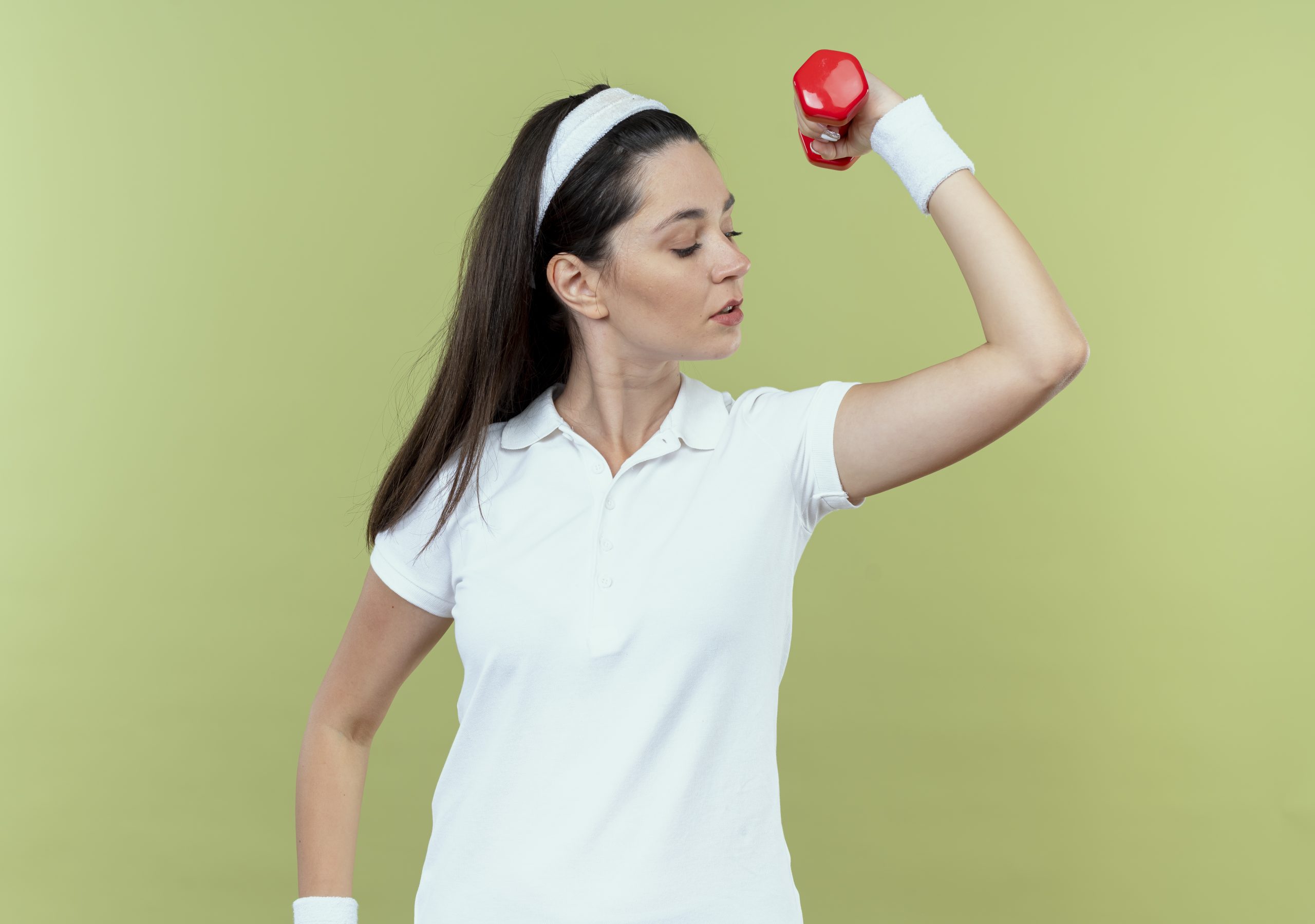Tennis elbow (lateral epicondylitis) is a common condition that causes pain and tenderness around the outside of the elbow. Despite its name, it doesn’t only affect tennis players anyone who performs repetitive arm or wrist movements, like typing, weightlifting, painting, or even carrying groceries, can develop this condition.
The good news is that most cases of tennis elbow can be managed effectively at home with simple remedies, lifestyle changes, and exercises. In this article, we’ll guide you through practical, science-backed ways to treat tennis elbow naturally and reduce discomfort without rushing to surgery or invasive treatment.
1. Rest and Activity Modification
One of the first steps in treating tennis elbow is giving your arm time to heal. Avoid activities that strain your wrist and elbow, such as lifting heavy weights, repetitive gripping, or extended typing without breaks.
If you’re unsure about modifying exercises, you can also check our detailed guide on Can I Exercise With Tennis Elbow, which explains safe workouts and what to avoid.
2. Apply Ice Packs
Cold therapy helps reduce pain and inflammation. Apply an ice pack or a bag of frozen peas wrapped in a towel to the affected elbow for 15–20 minutes, 3–4 times a day. This is especially effective in the early stages when swelling is noticeable.
3. Gentle Stretching and Strengthening Exercises
Exercises play a major role in recovery. Start with gentle stretching of your forearm muscles and gradually move toward strengthening exercises once pain subsides. Wrist extensions, flexor stretches, and using a light resistance band can improve flexibility and prevent recurrence.
4. Massage and Trigger Point Release
Massaging the forearm muscles can improve blood flow and reduce stiffness. Trigger points in your forearm and upper arm often contribute to pain radiating to the elbow.
5. Compression and Support Braces
Wearing an elbow strap or brace can reduce strain on the affected tendons. These devices distribute pressure more evenly across the forearm, helping you carry out daily tasks with less pain.
If you’re experiencing wrist-related strain, our article on How to Stop Wrist Pain from Lifting Weights can guide you on preventing future injuries that may contribute to elbow issues.
6. Heat Therapy for Stiffness
While ice helps in the acute stage, heat therapy (warm compresses, warm baths, or heating pads) can be useful after a few days to relax stiff muscles and promote healing.
7. Anti-Inflammatory Diet and Hydration
Inflammation worsens pain, so following an anti-inflammatory diet rich in omega-3 fatty acids, fruits, and vegetables can accelerate recovery. Staying hydrated is equally important.
For related joint pain management tips, you might also want to read our blog on How to Treat Arthritis Pain Naturally.
8. Improve Ergonomics
If your work involves long hours of typing or desk use, poor ergonomics can worsen tennis elbow. Adjust your workstation: keep your wrists neutral, elbows close to the body, and take frequent breaks.
Similarly, poor posture may strain other body parts, so improving alignment is essential. Our article on Can a Chiropractor Fix My Posture explains posture correction benefits that can prevent injuries like tennis elbow.
9. Try Sports Massage Therapy
Sports massage can relieve muscle tightness and enhance healing by improving circulation in the forearm. This is especially effective for people with repetitive strain injuries.
10. Prevent Recurrence of Tennis Elbow
Once you’ve managed the pain, prevention is key. Always warm up before physical activity, strengthen your forearm muscles, and take regular breaks during repetitive tasks.
To learn more about avoiding future elbow injuries, explore our post on How to Prevent Tennis Elbow.
When to See a Doctor
If your pain does not improve after several weeks of home care, or if it interferes with daily tasks, consult a physiotherapist or doctor. Severe or chronic tennis elbow may require advanced therapies like dry needling, shockwave therapy, or physiotherapy-based rehabilitation.
For an overview of advanced natural remedies, you can also check our blog on How to Heal Tennis Elbow Pain.
Final Thoughts
Tennis elbow can be painful and disruptive, but the majority of cases respond well to simple home remedies like rest, ice, stretching, massage, and ergonomic changes. With patience, lifestyle adjustments, and proper self-care, you can speed up recovery and prevent the condition from returning.






